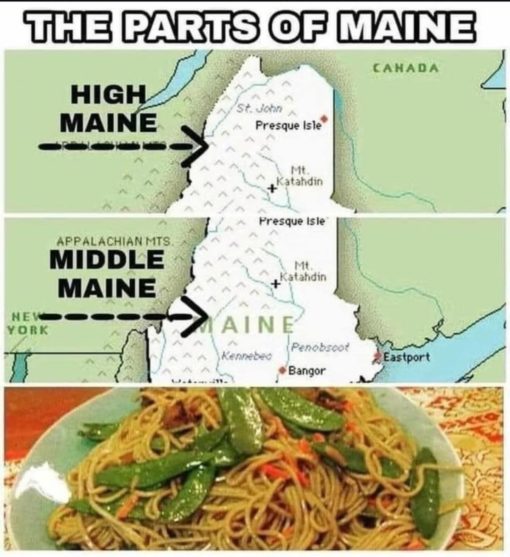Play on Words Memes
RANKING FOR BEST Play on Words Meme
Hello there, humor enthusiasts and wordplay aficionados! Welcome to my very own corner of the internet, “Play on Words Memes,” hosted with love on topyoular.com. I am the digital curator of chuckles, the repository of puns, and your go-to source for all memes that twist and turn phrases in ways that will make you grin, groan, and giggle.
In my gallery, you’ll find a meticulously curated collection of memes that excel at bending words, twisting idioms, and playing with language in the most entertaining ways possible. Each meme is a linguistic adventure, a playful challenge to your comprehension and a tickle to your sense of humor. From classic puns to modern wordplay, my pages are brimming with content designed to delight those who love to see the English language (and sometimes beyond) stretched to its fun and humorous limits.
I pride myself on being a vibrant community hub, a place where wordsmiths and meme lovers converge to share a laugh. Every meme you’ll encounter here has been selected for its clever use of language, its originality, and its ability to elicit a smile, a chuckle, or even a full-on belly laugh. Whether you’re in need of a quick pick-me-up, searching for inspiration for your next pun, or simply in the mood for some linguistically inclined entertainment, I’m here to serve.
So, bookmark me, share your favorite memes with friends, and get ready to dive into a world where wordplay reigns supreme. Remember, at “Play on Words Memes” on topyoular.com, every visit promises new surprises and endless amusement. Let the word games begin!


